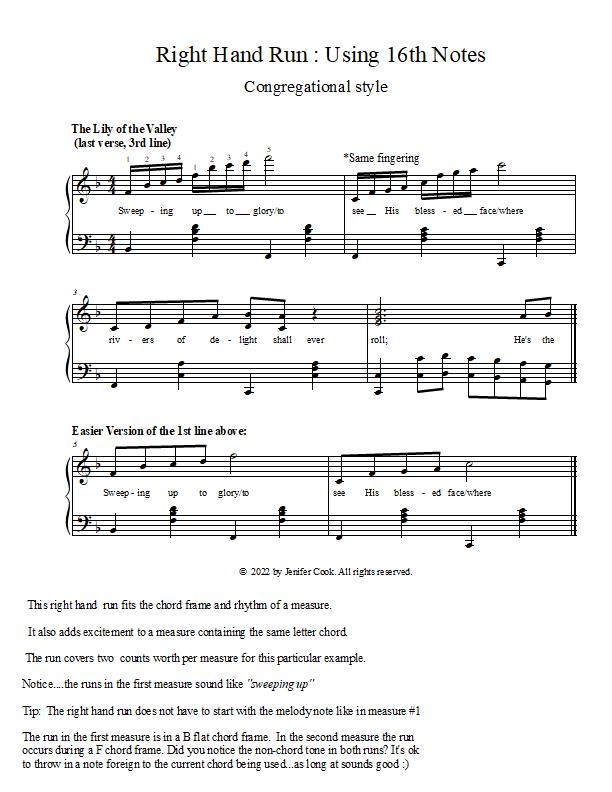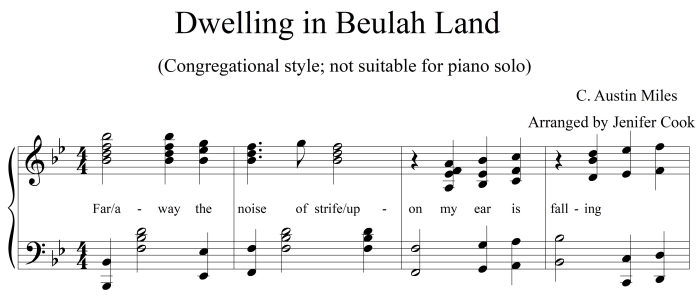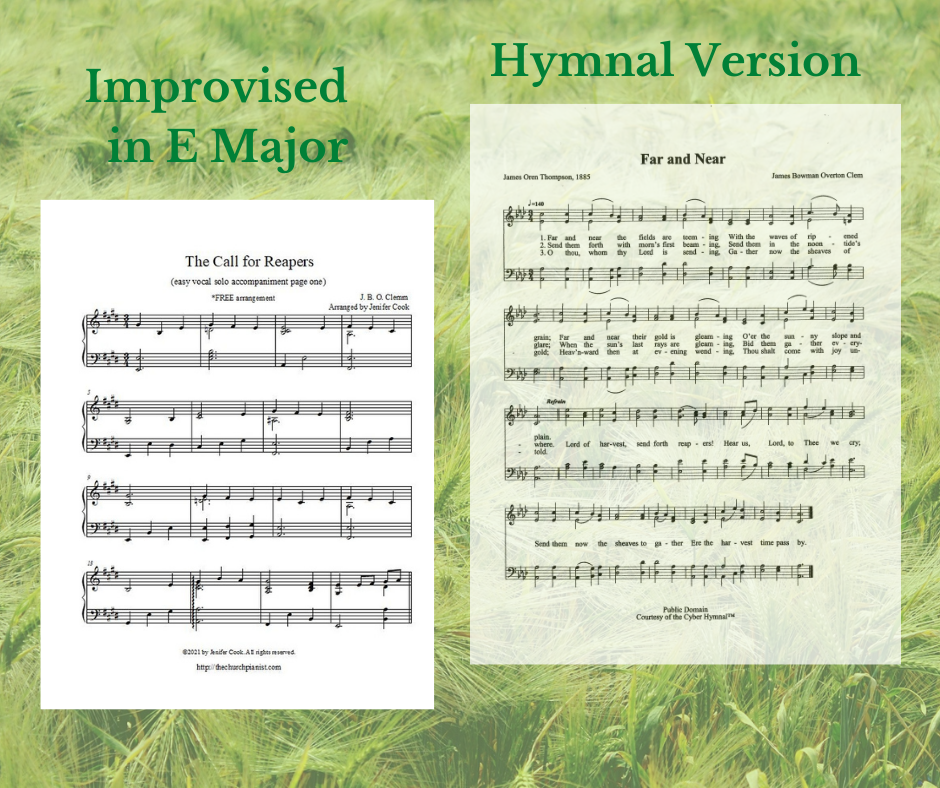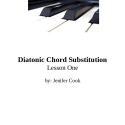This is a clarification for those who have purchased the “Diatonic Chord Substitution Lesson One” tutorial. But…anyone can glean from this post!
I recently received an email with this question…
“You said if there are four different notes…then it is a 7 chord.” (She’s referring to analyzing chords from the hymnal.)
She goes on to say, “…however, on your example of “It is Well” (page four of the handout)…on the word “like”, there are four different notes and I don’t think it’s a C7 chord. It looks more like a G¹¹ chord or something…but you say to play a C chord for that whole measure.” Click on image for enlarged view.
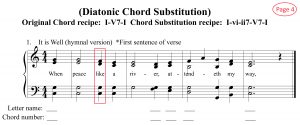
Excellent question!
So…here’s the answer…
When coming across this situation where the chord can’t be placed in consecutive thirds…you are more than likely dealing with “passing tones”. The passing tones are found in the right hand part for this particular example.
Passing tones are secondary notes you have to pass through to move from one note to the next. Passing tones are not meant to be factored in… to the underlying chordal structure of a measure.
So…look at the word “like” in the picture above. The right hand notes are “D & F”
Now…step back and look at the overall note ingredients within that measure. The majority of the notes favor what chord? Yes! The C chord. That’s why I played within a C chord frame for that measure as you’ll see in the next picture below. (I should have made the left hand note “E” a half note.)
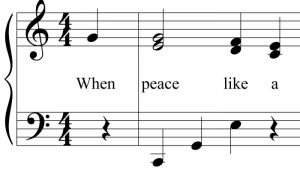
Passing tones to music are like joints to the human body. Our joints support movement as the passing tones do to music. Passing tones are like the accessories/dress-up to the overall melody of a song.
Thanks to one of my readers for a great question!
